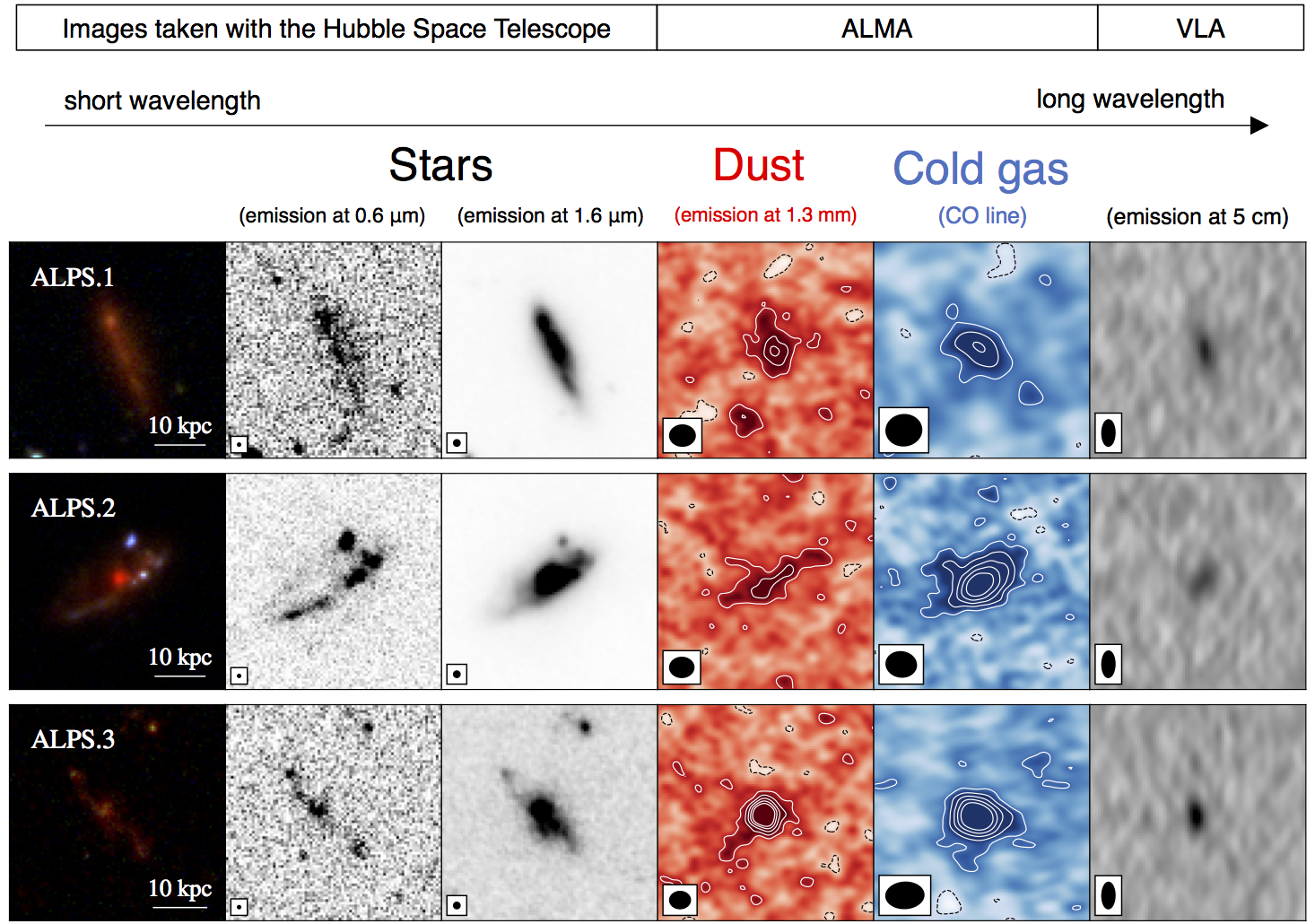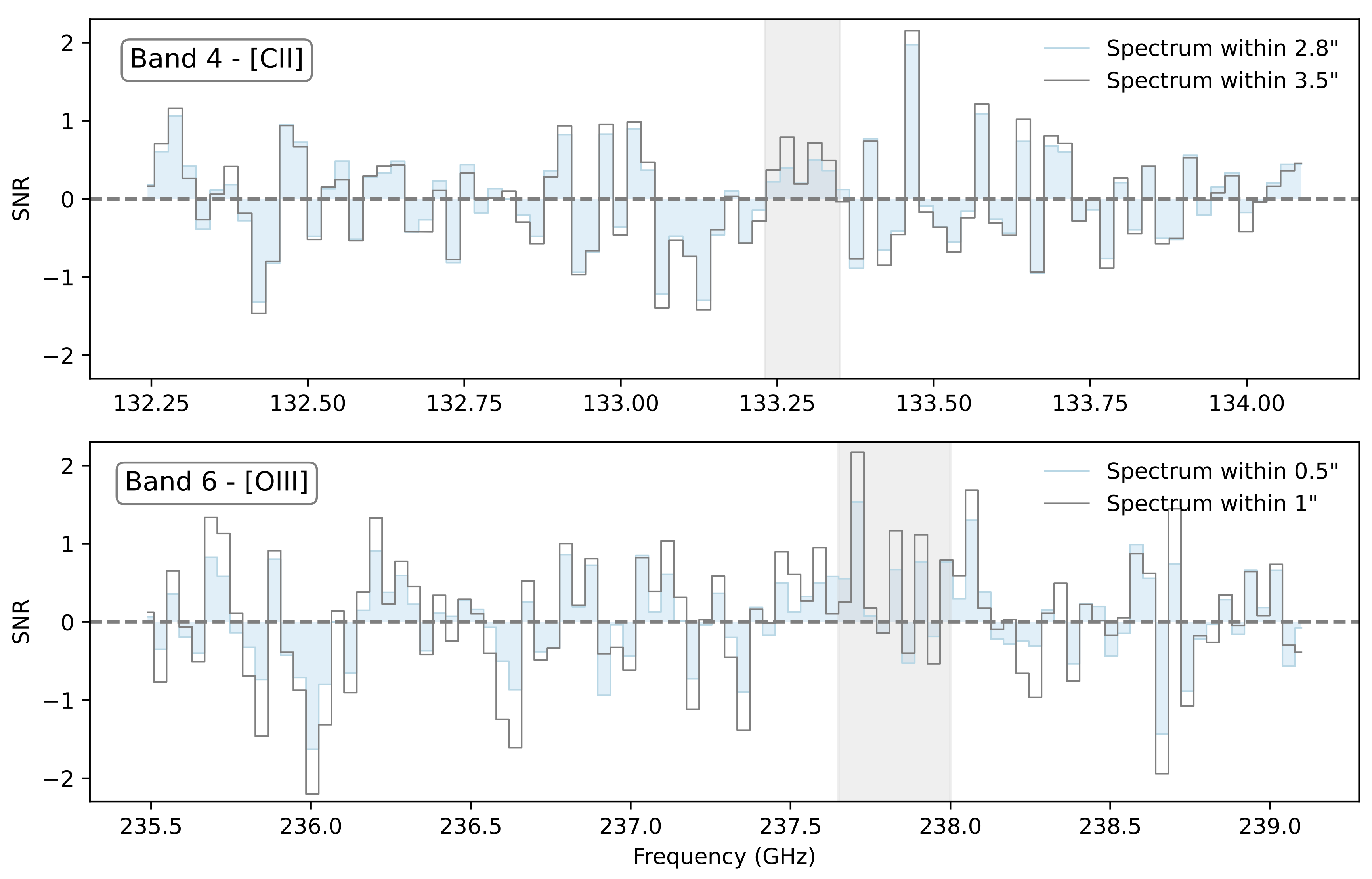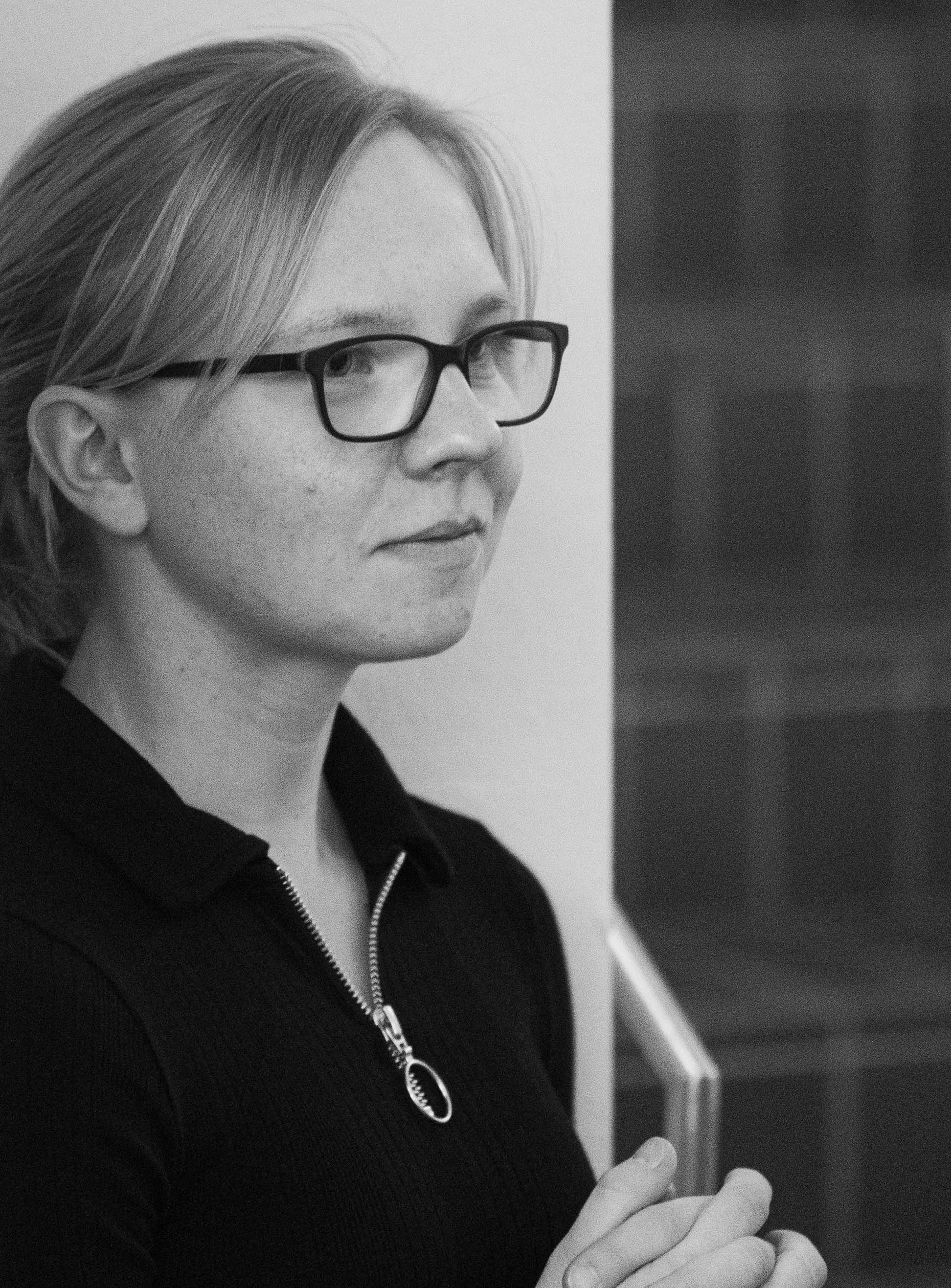I am an astronomer, working at the European Southern Observatory, in Garching by Munich (Germany). In my research, I investigate how many of the stars in today's Universe formed and how their formation altered the composition, structure, and dynamics of galaxies. To do this, I analyse both real and simulated observations of the emission from interstellar gas and dust in distant galaxies. In addition to my research, I regularly give guided tours, planetarium shows and public talks about astronomy, both in English and German.
Outside of work, I love outdoor sports, particularly running and cycling. I also enjoy hiking in the gorgeous mountains near Munich. I dedicate a lot of my time and thought to cooking and, to my friends' delight (or horror), I like to draw portraits. Below this little introduction, you will find more information about my research. Feel free to contact me if you find it anywhere near as fascinating as I do.
Research
Background and aims: In the typical massive galaxies of 10 billion years ago, star formation was proceeding far more rapidly than in most galaxies today. Tens to hundreds of solar masses worth of stars were forming each year. In contrast, our own Milky Way is only forming about one Sun worth of stars per year. These highly star-forming distant galaxies were also far more gas-rich than local spirals, like the Milky Way. So what has changed? How is the star-forming gas distributed relative to the already-formed stars in these early galaxies? Under what conditions is star formation taking place? And how did this star formation impact how galaxies settle into disks? These are some of the questions that my research tries to address.
Observing cold gas in distant galaxies: Most stars form from cold molecular gas. The dominant component of this gas, molecular hydrogen (H2), is practically invisible at the 10s of Kelvin needed for it and stars to form. Astronomers like myself therefore rely on the emission from other, trace components of the interstellar medium to infer the total amount and properties of this star-forming gas. The molecular gas of distant galaxies is typically observed via either the rotational line emission from carbon monoxide (CO), or, the thermal emission from dust grains. Recently, studies of cold gas in the very early Universe (z>4) have focussed on the emission from singly ionised carbon, [C II] 158 micron. With the advent of the Atacama Large Millimetre (and submillimtre) Array (ALMA) these different cold gas tracers—J>1 CO emission, dust-continuum emission and [C II] emission—have become easier to observe for distant galaxies, enabling us to better understand how star formation was fueled in the past and how this affected the host galaxies. Much of my current work revolves around observing and understanding the emission from cold, star-forming gas using ALMA, NOEMA and the VLA.
Using observations of dust to measure the molecular gas content of z~2 galaxies: To study the molecular gas content of local galaxies, astronomers have mostly relied upon the ground transition of CO, i.e. CO(1-0). Observations of the CO(1-0) line are scaled to a molecular gas mass via an empirically-calibrated correction factor. However, observing the CO(1-0) emission of distant galaxies is time-consuming. A proposed, more efficient method relies on using single-band, submillimetre observations of dust-continuum emission, which can be converting to a gas mass via several assumptions on the dust and gas properties (e.g., the dust temperature and gas-to-dust ratio). In Kaasinen et al. (2019), I tested the use of this dust-continuum method, finding the derived molecular gas masses to be consistent with those derived from CO(1-0) for massive, star-forming galaxies at z~2. Thus, the use of this tracer does not systematically bias the gas masses measured for these typical massive galaxies.

The distribution of stars, dust and molecular gas in typical, large, star-forming galaxies at Cosmic Noon: The astronomical community has only recently begun to resolve the molecular gas and dust of distant galaxies, with the numbers of such observations increasing slowly since ALMA has come online. Some of the first resolved studies of submillimetre-bright, dusty, and highly star-forming galaxies revealed that the dust emission was significantly more compact than the stellar emission. Did this indicate centrally-concentrated molecular gas reservoirs? How biased was this by the types of galaxies that were being resolved? Our 2020 study (Kaasinen et al. 2020) aimed to answer these questions by comparing the stellar, dust and CO emission of three, extended but more typical star-forming galaxies (see figure below). We found that the dust emission was more compact for two of the sources, than either the CO or stellar emission. This indicates that dust is not a direct tracer of the underlying molecular gas mass distribution, likely due to heating, optical depth and extinction effects (as shown in our simulation-based study: Popping et al. incl. Kaasinen, 2022). Overall, our findings indicate that at least some typical massive star-forming galaxies at Cosmic Noon host dense central gas reservoirs, with current observations likeour own not sensitive to lower density regions in the outskirts. By modelling the kinematics traced by the CO emission, we found that these must be rotation-dominated galaxies.

No evidence of a proposed z~13 galaxy: Since the advent of HST and especially JWST there have been many reports of proposed z>10 galaxies (<500 Myr after the Big Bang), which were identified through photometric observations. But many of these remain to be confirmed through observations of their spectra. In Kaasinen et al. (2023) we analysed two sets of ALMA observations targeting the [O III] 88 micron and [C II] 158 micron lines (and underlying dust-continuum emission). Using multiple ways of quantifying the faint peaks in emission, we showed that the ALMA observations were perfectly consistent with noise and thus found no evidence of the proposed z~13 galaxy. But annoyingly, we could not rule out this scenario either. Identifying these earliest star-forming galaxies through their submillimetre line emission could be incredible expensive!

Publications
You can find the papers that I am an author on here on ADS or here via my orcid account.
Outreach
One of the most enjoyable parts of my job is sharing my love of astronomy with the general public, which I have been doing since my undergraduate studies. Most of the outreach work I do now is based at the ESO Supernova (Planetarium and Visitor Centre), where I regularly give planetarium shows for all sorts of groups (from Kindergarden students to seniors). I have also designed and hosted workshops as part of "Girl's Day", an event aimed at encouraging female students to enter science. During my PhD, I worked at the Haus der Astronomie (Planetarium), regularly giving live planetarium shows for school students, local clubs, local workplaces and distinguished visitors. In celebration of the 50 year anniversary of the first moon landing, I held a public talk about the role of Australian telescopes in the TV coverage and tracking of the NASA Apollo missions (link to event). As part of the Faszination Astronomie Online youtube channel, I gave a 30-minute talk (in German) about the History and Future of Star Formation in the Universe. During my Masters, I led stargazing evenings for a variety of groups to show them nebulae, star clusters and solar system objects. During my Bachelor's degree, I co-developed and regularly hosted two workshops for high school students; one general astrophysics workshop and one workshop in which students had to estimate the properties and habitability of exoplanets based on real data.
Get In Touch
If you have any questions about my research you can send me a message.
ESO HQ
Karl-Schwarzschild-Strasse 2
D-85748 Garching bei Muenchen
Germany
melanie.kaasinen_at_eso.org
